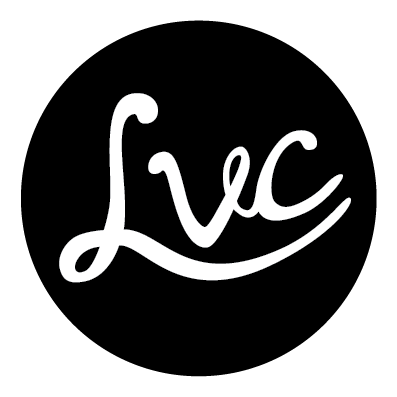Choosing the right channels for a paid digital marketing campaign
An important part of any marketing campaign is to select the right channels, and with so many options for digital in particular, it can be tough to decide which mix will perform best for you.
So - where to start?
First up, there are three important questions you should answer:
What are you trying to achieve?
Who are you trying to reach?
What’s your budget?
1. What are you trying to achieve?
Ask yourself - are you trying to generate more sales? Or is this more about awareness?
Are you trying to reach new customers or connect with existing ones? While your objectives may include a mix of the above, it’s important to settle on your number #1 priority. This will help you stay focused, maximise your budgets and get your messaging correct (if you have multiple objectives you’ll probably end up splitting out your campaigns anyway).
Having a clear picture of your goals - and a plan to measure success - is the first step in deciding which channels will work best for you.
2. Who are you trying to reach?
It seems obvious, but many businesses don’t take the time to really clarify who they’re targeting. If you’re unsure, building a set of target personas is a great place to start. Do a Google search and you’ll find plenty of template examples you can download - we like Hubspot’s as a starting point.
Once you start to build a picture of your target audience(s), you’ll start to identify where you’re most likely to be able to reach them, and engage.
3. What’s your budget?
Budgets can vary like the length of string, and it’s important to have a clear idea of what you’re willing to spend per month before you start.
As for duration? We’d generally recommend a minimum of three months for a campaign duration - any less, and it’s difficult to see results over time. It’s a good idea to keep this in mind, especially if you’re planning to get an agency to help with your campaigns.
If your planned spend is on the smaller side, we’d recommend focusing on 1 or 2 channels and doing these well, rather than spreading your budget too thin.
Which channels and platforms should I consider?
Once you’ve clarified your objectives, target audience and budget, you could consider the following as a starting point.
Google Search: a great option if:
People are actively searching for you (you’ve already built up brand awareness)
They’re searching for what you have to offer (in this climate, it could be face masks)
They’re searching for something related to what you sell (if you’re selling face masks, people looking for hand sanitiser might be an audience to target).
Google Display: Display ads are also called banner ads, and can be static or animated. These ads are surfaced on different websites across the Google Display Network. This is a better option for brands and products that are unknown. Think of it as ‘pushing’ your message out to your target audience (compared with Google Search, where you are ‘pulling’ potential customers in).
Google Shopping: well suited to e-commerce businesses. This puts your product up in lights when people search for what you’re offering.
Google Dynamic Ads: work well if you have good content, as Google generates these ads automatically from your business’ website.
Google Retargeting: can be used to target those who have already visited your website. How can you entice your previous visitors back with a clever message or compelling offer?
YouTube: requires a decent production budget and some seriously creative thinking. But if you’ve got a great story to tell, it can be an excellent way to build awareness, brand love and search intent (and then you can pick those leads up via Google Adwords!)
Facebook: has very comprehensive targeting options which can make it particularly effective for niche businesses. With the right creative, paid Facebook ads can stop people in their tracks as they scroll. Great for building awareness and generating leads if you have a compelling message to communicate.
LinkedIn: a good option for businesses advertising to other businesses. LinkedIn can be expensive, but tends to have a higher conversion rate if you get your targeting and creative right.
Instagram: works well if you have a particularly beautiful product or image-driven story to tell. It tends to work more effectively for product businesses than service ones. Be prepared to invest in quality visuals to drive sales through this channel. It’s important to note that Instagram ad campaigns are managed through Facebook, however within Facebook’s ad platform you can choose whether you run campaigns for either channel or both.
Twitter: promoted tweets are an option to consider if you have a product or service with broad appeal and can tap into current trends or news. You’ll need to make sure you can communicate a sharp, snappy message within Twitter’s restrictive character limits.
In addition to the above, there are plenty of other channels you can consider when planning your marketing activity - both online and offline. Still need some help? Drop us a line for a chat!

